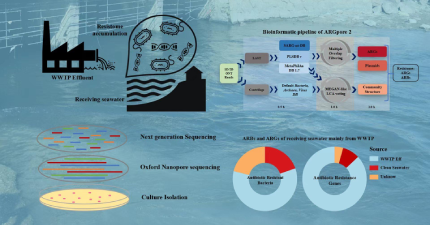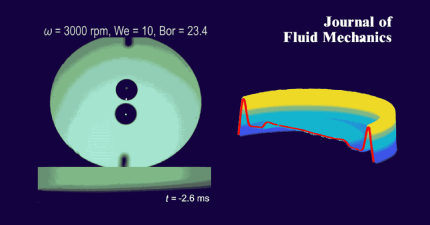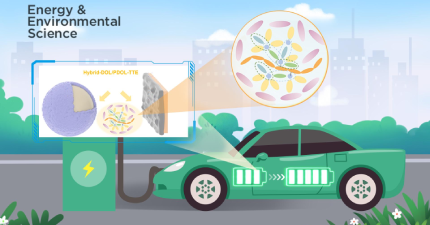Breakthrough in archaeal GDGT lipid biosynthesis
Mar 29, 2022
Archaea, the third domain of life, are not just widely distributed in ocean, soils, and animal guts but also thrive in extreme environments like hot springs and deep ocean hydrothermal vents. Archaea in current extreme environments are possibly similar to the life on earth 3.8 billion years ago. This allows archaea to be an ideal model to investigate early life evolution and the mechanism of life adaptation to extreme environments.
Most archaea synthesize unique membrane-spanning lipids called Glycerol dialkyl glycerol tetraethers (GDGTs) as their major membrane lipids. GDGTs forming a monolayer membrane are different from the regular bilayer membrane formed by fatty acids in bacteria and eukaryotes. The GDGTs monolayer membrane are believed to be the most stable and rigid cell membrane, providing an advantage for archaea to thrive in extreme environments.
Moreover, GDGTs are an important lipid biomarker, also called molecular fossils, preserved in sediments for billions of years. It has been widely used to study past sea surface temperature and paleoclimate. Despite the significance of GDGTs in both biology and earth science study, the mechanism for GDGTs biosynthesis has remained a mystery that has perplexed biochemists and geochemists for over 40 years.

Associate Professor Zhirui Zeng’s research team from the Department of Ocean Science and Engineering at the Southern University of Science and Technology (SUSTech) recently made a breakthrough in GDGTs biosynthesis. Their paper, entitled “Identification of a protein responsible for the synthesis of archaeal membrane-spanning GDGT lipids,” was published in Nature Communications.
In this paper, Prof. Zeng’s team identified a radical S-adenosylmethionine (SAM) protein, tetraether synthase (Tes), that catalyzes the formation of GDGT through heterologous expression in the methanogen Methanococcus maripaludis. Tes could condense two molecules of diether lipid archaeol to form one molecule of GDGT via a radical mechanism (Figure 1). In addition, Tes protein also synthesizes intermediate glycerol trialkyl glycerol tetraether (GTGT) and side product macrocyclic archaeol during GDGT formation. This unravels a long-standing puzzle of GDGT biosynthesis.

Figure 1. The biosynthesis pathway of archaeal GDGT
The researchers also used Tes as a genetic marker to search various microbial genomes and demonstrate that Tes distribution and, thus, GDGT production is widespread in the archaeal domain. Interestingly, many Tes homologs were also found in bacterial genomes, which could be involved in the biosynthesis of bacterial branched GDGTs (another universal paleotemperature proxy), shedding light on these mysterious lipids.
Prof. Zhirui Zeng is the first author of this paper. Prof. Zeng and Associate Professor Paula Welander from Stanford University are the corresponding authors. Ph.D. students Huahui Chen and Xi Feng, postdoctoral students Yufei Chen and Wei Yang, all from SUSTech, alongside Associate Professor Huan Yang and Ph.D. student Hongye Pei from China University of Geosciences (Wuhan), are the co-authors of the paper.
This work was supported by the National Natural Science Foundation of China (NSFC) and the Southern Marine Science and Engineering Guangdong Laboratory (Guangzhou).
Paper link: https://www.nature.com/articles/s41467-022-29264-x
Latest News
Related News












